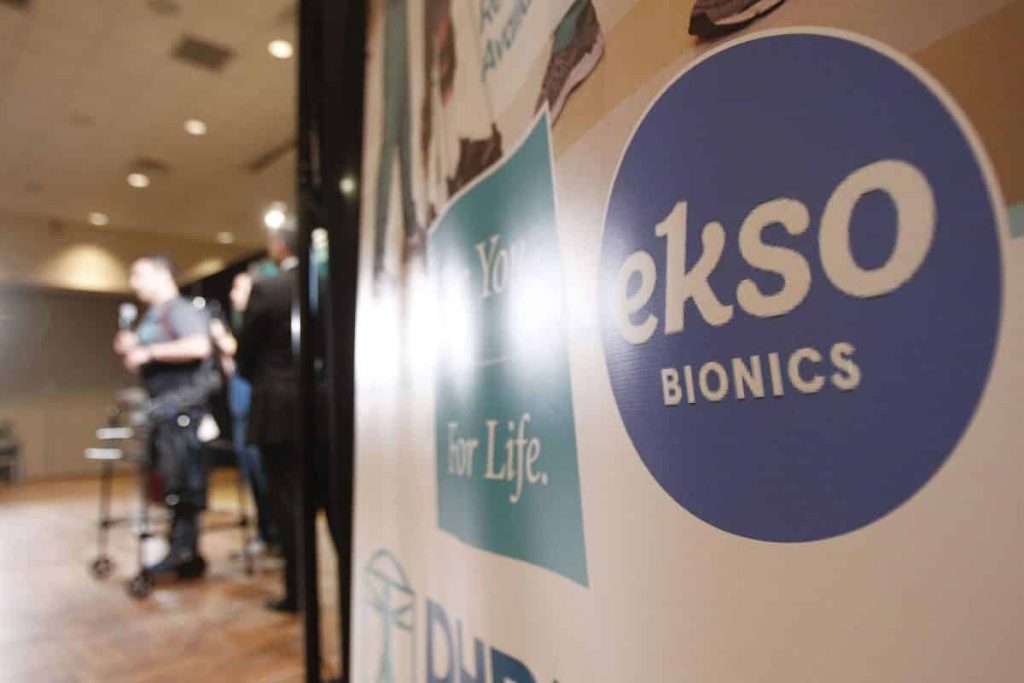There is hope for those who have been without it for so long: next-generation exoskeletons can help patients move. Indeed, the gentle nudge of a robot may add just the right blend of force to improve walking for those with mobility-impairing ailments such as stroke, spinal cord injury, and acquired brain injuries.
Disruptive clinical robotics like those developed by Ekso Bionics are tackling loss of mobility and cognition head on, with wearable technology that has helped thousands of patients take more than 130 million steps while providing inspiration for a whole new medical device industry. Indeed, today’s advances are aimed at rethinking rehabilitation, with the end goal of helping people regain their full mobility, getting out of their wheelchairs and onto their own two feet.
From wearable exoskeleton suits that provide power to the legs, to upper body exoskeletons that assist the shoulder and arm, this technology does everything from helping patients recover strength, endurance, and range of motion of the upper body, to promoting correct movement patterns in all phases of recovery for those with lower body challenges.
Let’s take a look at how exoskeleton suits can benefit those with different physical impairments.

Stroke
Each year, 795,000 people in this country have a stroke, with 610,000 of those being first or new strokes; about 185,000 strokes (one in four) are repeat strokes, according to the CDC. If they’re lucky, stroke patients will get just a few short weeks of inpatient rehabilitation therapy. But with such limited time, rehabilitation clinicians have to focus on getting their patients home safely, which often includes walking in whatever capacity possible.
Sadly, many patients after a stroke never learn how to walk normally again. And because solid braces prohibit the ability to push off the ground with the affected foot, the more they walk, the weaker the ankle gets, and the more the foot will drop. This approach has been stifling the potential people have to improve after a stroke, says TheScientist.
Patients in wheelchairs have further challenges: not only do they not get the support to work on their walking skills, but all that sitting day in and day out starts to impair bowel and bladder function, reduce bone mass, and throw off blood pressure. Being in a load-bearing, standing position is critical for the body, and an exoskeleton suit may be just what the doctor ordered.
Exosuits help stroke patients by appropriately correcting for the users’ aberrant movements, while increasing their pace.
No matter what the disability is there’s no doubt that today’s exoskeleton suits are giving patients with mobility challenges new hope.

Contact Ekso Bionics
Interested to learn how exoskeleton companies like Ekso Bionics are helping factories and warehouses improve worker safety and performance? Just contact us at 510-984-1761 or request a free demo online.